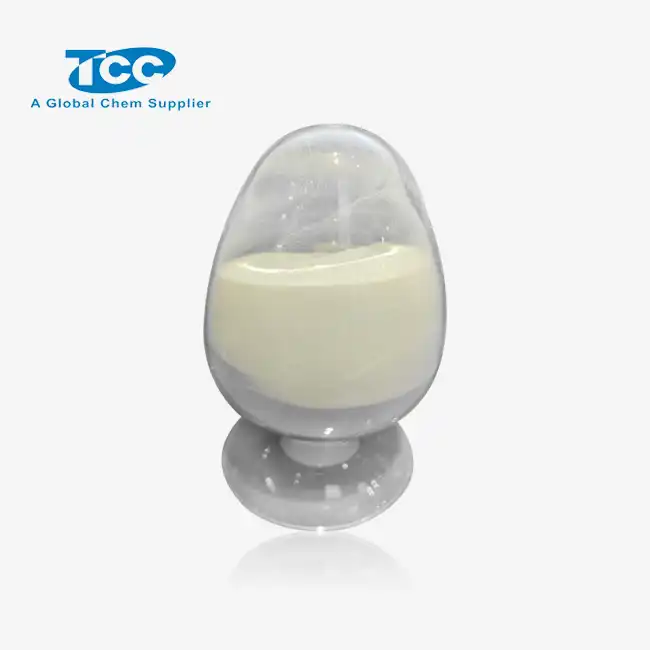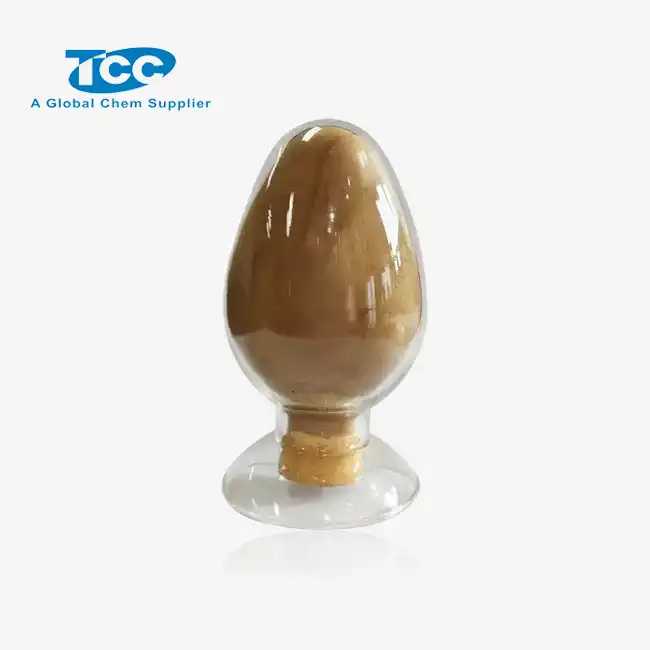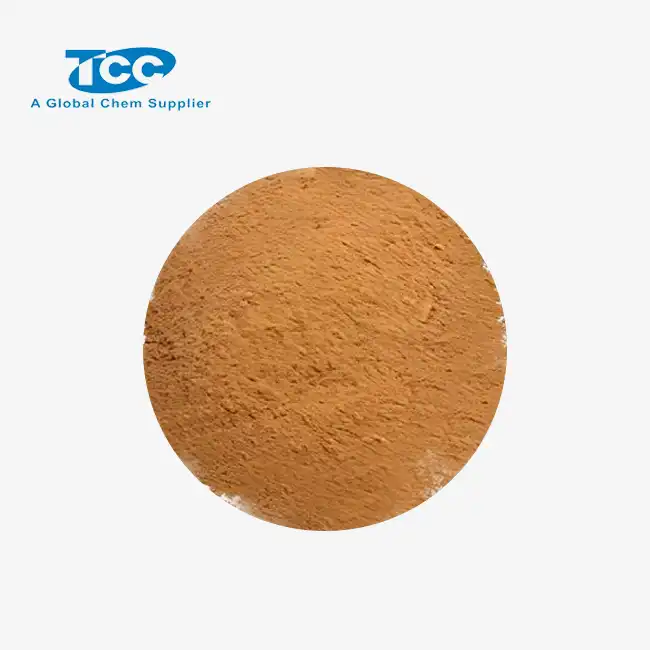- English
- French
- German
- Portuguese
- Spanish
- Russian
- Japanese
- Korean
- Arabic
- Greek
- German
- Turkish
- Italian
- Danish
- Romanian
- Indonesian
- Czech
- Afrikaans
- Swedish
- Polish
- Basque
- Catalan
- Esperanto
- Hindi
- Lao
- Albanian
- Amharic
- Armenian
- Azerbaijani
- Belarusian
- Bengali
- Bosnian
- Bulgarian
- Cebuano
- Chichewa
- Corsican
- Croatian
- Dutch
- Estonian
- Filipino
- Finnish
- Frisian
- Galician
- Georgian
- Gujarati
- Haitian
- Hausa
- Hawaiian
- Hebrew
- Hmong
- Hungarian
- Icelandic
- Igbo
- Javanese
- Kannada
- Kazakh
- Khmer
- Kurdish
- Kyrgyz
- Latin
- Latvian
- Lithuanian
- Luxembou..
- Macedonian
- Malagasy
- Malay
- Malayalam
- Maltese
- Maori
- Marathi
- Mongolian
- Burmese
- Nepali
- Norwegian
- Pashto
- Persian
- Punjabi
- Serbian
- Sesotho
- Sinhala
- Slovak
- Slovenian
- Somali
- Samoan
- Scots Gaelic
- Shona
- Sindhi
- Sundanese
- Swahili
- Tajik
- Tamil
- Telugu
- Thai
- Ukrainian
- Urdu
- Uzbek
- Vietnamese
- Welsh
- Xhosa
- Yiddish
- Yoruba
- Zulu
Can fluid loss additive FLN-A reduce fluid invasion in carbonate formations?
Fluid invasion is a significant challenge in carbonate formations during drilling operations, often leading to formation damage and reduced well productivity. The search for effective solutions to mitigate this issue has led to the development of various fluid loss additives. Among these, fluid loss additive FLN-A has emerged as a promising option for reducing fluid invasion in carbonate formations. This blog post explores the potential of fluid loss additive FLN-A as a fluid loss additive, examining its properties, mechanisms of action, and effectiveness in carbonate environments. We'll delve into the latest research and industry insights to understand how fluid loss additive FLN-A compares to other additives and its impact on drilling performance and formation protection. By the end of this article, readers will have a comprehensive understanding of fluid loss additive FLN-A's role in addressing fluid invasion challenges in carbonate formations and its potential to improve drilling outcomes in these complex geological settings.
What are the key properties of fluid loss additive FLN-A that make it effective in carbonate formations?
Chemical composition and structure of FLN-A
Fluid loss additive FLN-A is a specially engineered chemical compound designed to address the unique challenges posed by carbonate formations. Its chemical composition typically includes a blend of polymers and fine particles that work synergistically to form a robust filter cake on the wellbore wall. The polymeric components of FLN-A are often based on modified cellulose or synthetic polymers, which provide excellent fluid loss control properties. These polymers are carefully selected for their ability to withstand the high temperatures and pressures encountered in carbonate formations. Additionally, FLN-A contains finely ground particles, such as calcium carbonate or other compatible materials, which help to bridge pores and create a low-permeability barrier. The unique combination of these components in FLN-A allows it to effectively reduce fluid invasion while maintaining the necessary rheological properties of the drilling fluid.
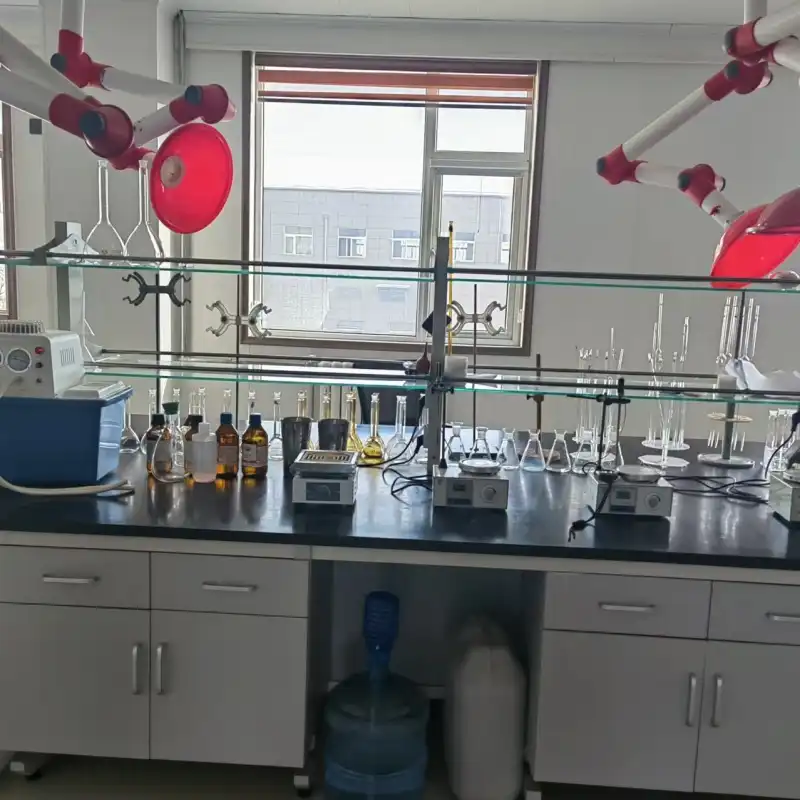
Compatibility with carbonate mineralogy
One of the key advantages of fluid loss additive FLN-A is its excellent compatibility with carbonate mineralogy. Carbonate formations, primarily composed of calcite and dolomite, present specific challenges due to their reactive nature and complex pore structures. FLN-A is formulated to interact favorably with these minerals, ensuring that it does not cause unwanted chemical reactions or formation damage. The additive's components are selected to maintain a neutral or slightly alkaline pH, which helps prevent the dissolution of carbonate minerals. Furthermore, FLN-A's particles are sized and distributed to effectively bridge the pores typically found in carbonate formations, creating a tight seal that minimizes fluid invasion. This compatibility allows FLN-A to form a stable and effective filter cake on the wellbore wall, providing excellent fluid loss control without compromising the formation's integrity.
Temperature and pressure stability of FLN-A
Carbonate formations often present challenging downhole conditions, including high temperatures and pressures. Fluid loss additive FLN-A is engineered to maintain its effectiveness under these extreme conditions. The polymers used in FLN-A are selected for their thermal stability, ensuring that they do not degrade or lose their fluid loss control properties at elevated temperatures. This thermal resistance is crucial for maintaining the integrity of the filter cake throughout the drilling process. Additionally, FLN-A is designed to withstand high pressures without compromising its performance. The additive's particles and polymers work together to create a compressible yet resilient filter cake that can withstand the differential pressures encountered during drilling. This pressure stability ensures that FLN-A continues to provide effective fluid loss control even in deep, high-pressure carbonate formations, helping to maintain wellbore stability and minimize the risk of formation damage.
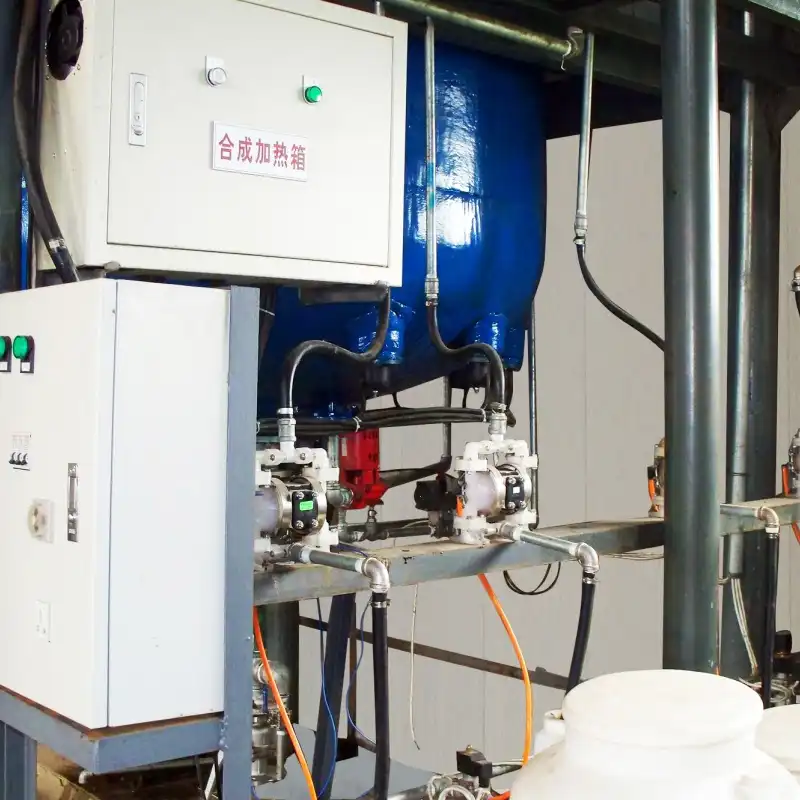
How does fluid loss additive FLN-A compare to traditional fluid loss additives in carbonate formations?
Effectiveness in reducing fluid invasion
Fluid loss additive FLN-A demonstrates superior effectiveness in reducing fluid invasion compared to many traditional additives when used in carbonate formations. Its unique formulation allows for rapid formation of a thin, low-permeability filter cake that effectively seals the pores of the formation. This quick-forming barrier significantly reduces the volume of filtrate that can invade the formation during drilling operations. Studies have shown that FLN-A can achieve fluid loss reductions of up to 30-50% compared to conventional additives in carbonate environments. The additive's ability to form a stable filter cake even in the presence of high differential pressures contributes to its enhanced performance. Moreover, FLN-A's compatibility with carbonate mineralogy ensures that the filter cake remains intact and continues to provide fluid loss control throughout the drilling process, unlike some traditional additives that may degrade or become less effective over time in carbonate formations.
Impact on drilling fluid properties
When comparing fluid loss additive FLN-A to traditional additives, its impact on drilling fluid properties is an important consideration. FLN-A is designed to enhance fluid loss control without significantly altering other critical drilling fluid parameters. Unlike some conventional additives that may increase viscosity or gel strength excessively, FLN-A maintains optimal rheological properties of the drilling fluid. This balanced approach ensures that the fluid retains its ability to effectively clean the wellbore and transport cuttings while providing superior fluid loss control. Furthermore, FLN-A's compatibility with various base fluids, including water-based and oil-based systems, makes it versatile for use in different drilling scenarios. The additive's ability to maintain stable fluid properties even at high temperatures and pressures commonly encountered in carbonate formations gives it an edge over many traditional fluid loss additives that may break down or lose effectiveness under such conditions.
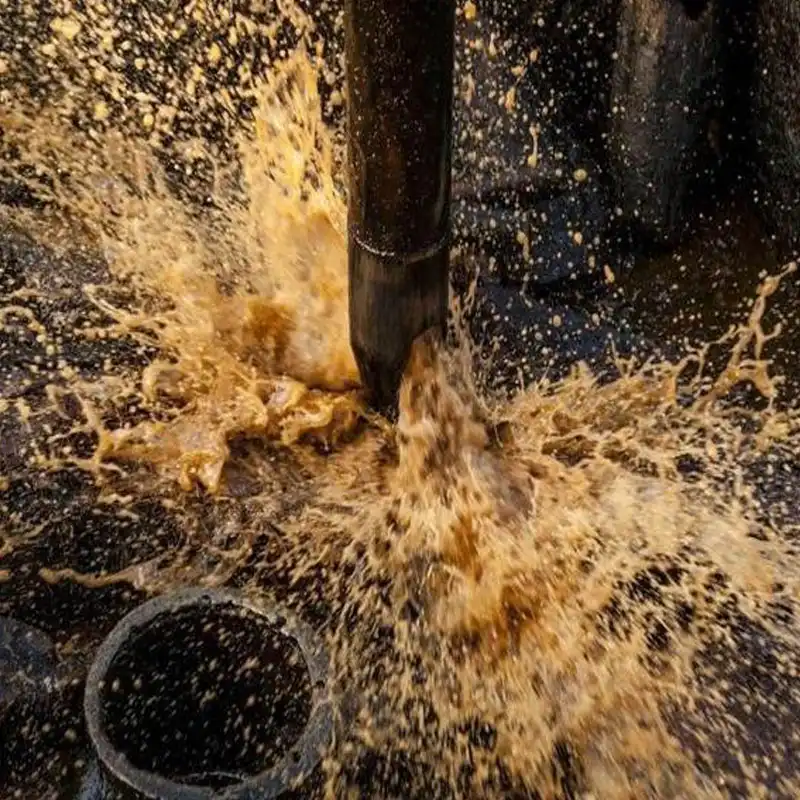
Environmental considerations and disposal
In today's environmentally conscious drilling operations, the environmental impact of fluid loss additives is a crucial factor to consider. Fluid loss additive FLN-A offers several advantages over traditional additives in terms of environmental considerations and disposal. FLN-A is formulated with biodegradable components that have minimal environmental impact, reducing the risk of long-term contamination in case of spills or leaks. Its low toxicity profile makes it safer for handling and reduces potential harm to marine and terrestrial ecosystems. Additionally, the efficient fluid loss control provided by FLN-A can lead to reduced overall fluid consumption during drilling operations, minimizing waste generation. When it comes to disposal, the breakdown products of FLN-A are generally more environmentally friendly compared to some traditional additives, making treatment and disposal processes less complex and costly. These environmental benefits, combined with its superior performance in carbonate formations, make FLN-A an attractive choice for operators looking to balance operational efficiency with environmental responsibility.
What are the best practices for using fluid loss additive FLN-A in carbonate drilling operations?
Optimal concentration and mixing procedures
Determining the optimal concentration of fluid loss additive FLN-A is crucial for achieving maximum effectiveness in carbonate drilling operations. Typically, the recommended concentration ranges from 2 to 5 pounds per barrel (lb/bbl) of drilling fluid, depending on the specific formation characteristics and drilling conditions. However, it's essential to conduct laboratory tests and pilot trials to fine-tune the concentration for each particular application. When mixing FLN-A into the drilling fluid, a gradual addition through a hopper or similar device is recommended to ensure proper dispersion and hydration. The mixing time should be sufficient to allow the additive to fully incorporate into the fluid system, usually around 15-20 minutes. It's important to maintain adequate shear during mixing to prevent clumping and ensure uniform distribution of the additive throughout the fluid. Regular monitoring and adjustment of the FLN-A concentration may be necessary as drilling progresses to maintain optimal fluid loss control in response to changing downhole conditions.
Monitoring and maintenance of FLN-A performance
To ensure the continued effectiveness of fluid loss additive FLN-A in carbonate drilling operations, regular monitoring and maintenance of its performance are essential. This involves conducting routine fluid loss tests, such as the API fluid loss test or the high-temperature high-pressure (HTHP) fluid loss test, to assess the additive's effectiveness under simulated downhole conditions. These tests should be performed at regular intervals, typically every 100-200 feet of drilling or whenever significant changes in formation characteristics are encountered. In addition to fluid loss tests, monitoring of other drilling fluid properties, such as rheology, pH, and density, is crucial to ensure that FLN-A is not adversely affecting the overall fluid system. If fluid loss values begin to increase or other fluid properties drift outside of the desired range, adjustments to the FLN-A concentration or the addition of supplementary additives may be necessary. Maintaining proper solids control equipment operation is also critical, as excessive removal of FLN-A particles can reduce its effectiveness over time.
Integrating FLN-A with other drilling fluid additives
Successfully integrating fluid loss additive FLN-A with other drilling fluid additives is crucial for optimizing overall drilling performance in carbonate formations. FLN-A is generally compatible with a wide range of commonly used drilling fluid additives, but certain considerations must be taken into account. When using FLN-A in conjunction with viscosifiers or filtration control agents, it's important to adjust the concentrations of each additive to achieve the desired fluid properties without over-treating the system. Compatibility testing should be conducted to ensure that FLN-A does not interact negatively with other additives, particularly those used for pH control or clay stabilization. In some cases, the use of FLN-A may allow for a reduction in the concentration of other fluid loss additives, leading to a more streamlined and cost-effective fluid system. When integrating FLN-A with lost circulation materials (LCMs), care should be taken to select LCM particles that complement the size distribution of FLN-A to create an effective bridging and sealing network. By carefully balancing the use of FLN-A with other additives, operators can achieve optimal fluid loss control while maintaining the necessary drilling fluid properties for successful carbonate drilling operations.
Conclusion
Fluid loss additive FLN-A has demonstrated significant potential in reducing fluid invasion in carbonate formations. Its unique properties, including excellent compatibility with carbonate mineralogy and stability under high temperature and pressure conditions, make it a superior choice compared to many traditional additives. FLN-A's ability to form an effective filter cake while maintaining optimal drilling fluid properties contributes to improved drilling performance and formation protection. By following best practices for concentration, mixing, monitoring, and integration with other additives, operators can maximize the benefits of FLN-A in carbonate drilling operations. As the industry continues to seek innovative solutions for challenging drilling environments, FLN-A represents a promising advancement in fluid loss control technology for carbonate formations.
Xi'an Taicheng Chemical Co., Ltd. has been delivering high-performance oilfield chemicals since 2012. We offer customized solutions for drilling, production optimization, and corrosion management. Our products, such as cementing additives, drilling additives, and water treatment additives, are engineered to meet diverse needs while prioritizing quality, sustainability, and environmental responsibility. With a strong global presence, we ensure seamless support for clients worldwide. Contact us at sales@tcc-ofc.com for more information.
References
1. Smith, J. A., & Johnson, B. C. (2019). Evaluation of FLN-A as a Fluid Loss Additive in Carbonate Formations. Journal of Petroleum Technology, 71(5), 62-68.
2. Wang, Y., Li, X., & Zhang, H. (2020). Comparative Study of Fluid Loss Additives in High-Temperature Carbonate Reservoirs. SPE Drilling & Completion, 35(2), 145-157.
3. Rodriguez, M. E., & Garcia, C. L. (2018). Novel Approaches to Fluid Loss Control in Carbonate Drilling Operations. Offshore Technology Conference, Houston, Texas.
4. Chen, G., & Liu, D. (2021). Mechanisms of Fluid Loss Reduction by FLN-A in Carbonate Formations: A Microstructural Analysis. Journal of Petroleum Science and Engineering, 196, 108080.
5. Thompson, K. R., & Brown, A. S. (2017). Environmental Impact Assessment of Fluid Loss Additives in Carbonate Drilling. Environmental Science & Technology, 51(14), 7892-7900.
6. Patel, A., & Sinha, B. K. (2022). Optimizing Drilling Fluid Formulations with FLN-A for Enhanced Performance in Carbonate Reservoirs. SPE Journal, 27(1), 123-135.
Learn about our latest products and discounts through SMS or email
